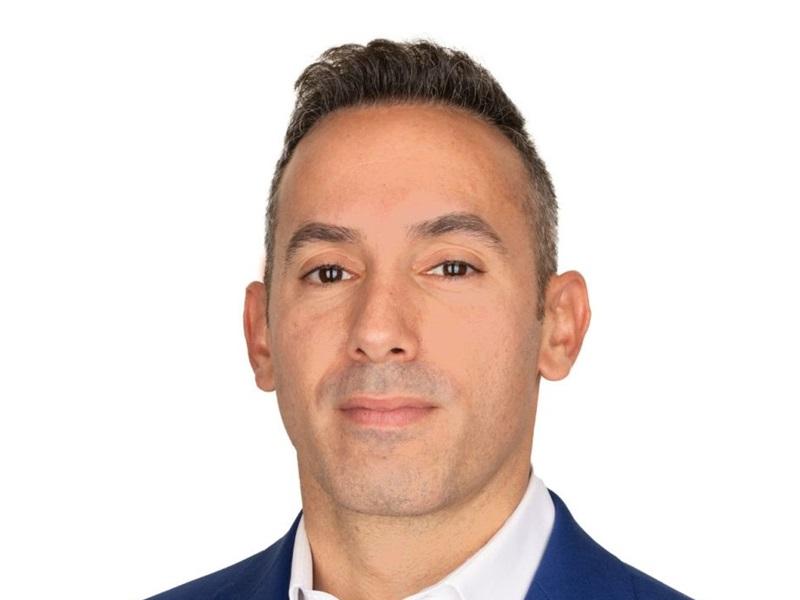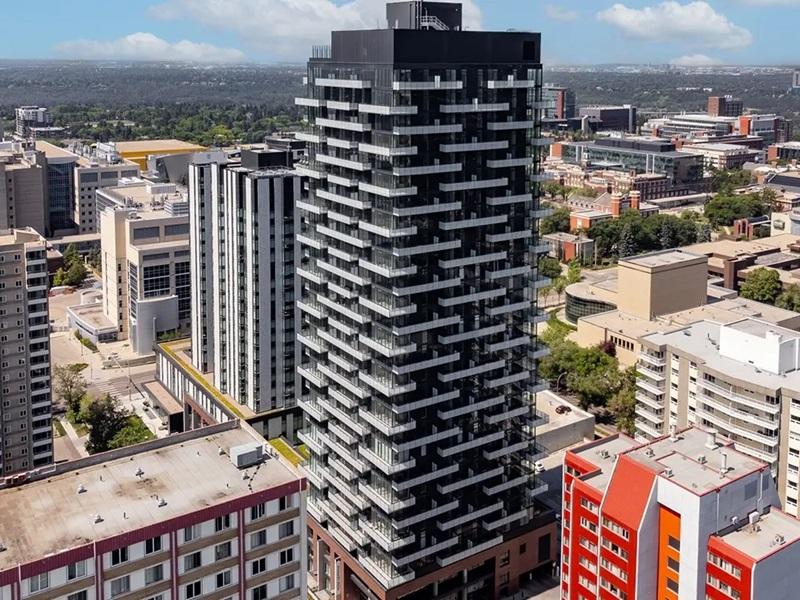
Despite short-term headwinds, student housing continues to stand out as one of the most resilient and promising sectors in alternative real estate — and Canada remains underdeveloped in comparison to many other countries.
More than 200 senior participants from the real estate and education sectors in Canada, the United States and Europe came together at Toronto’s T3 Bayside on June 4 for the second edition of the Student Housing Summit Canada, hosted by global student housing data and advisory specialist BONARD.
Attendance doubled from last year, providing proof of the growing global interest in Canadian student housing and its advancement locally.
BONARD chief intelligence officer Patrik Pavlacic and director of rented residential Julia Oravec presented the latest Canadian data in a morning intelligence session.
Canadian student accommodation statistics
The number of study permits approved for international university-level students in Canada dropped to 81,040 last year from a high of 139,665 in 2023, according to Immigration, Refugees and Citizenship Canada.
“Despite a slowdown in international enrolment growth, the Canadian market remains resilient, with the current pipeline covering just 3.5 per cent of unmet demand,” Oravec said.
There were 122,262 university-run beds and 59,556 on- and off-campus private beds last year in the 24 Canadian cities covered by BONARD. Waterloo, Ont. had the lowest proportion of private beds at 41 per cent, while Victoria was highest at 97 per cent.
Just 13 per cent of the country’s total purpose-built student accommodation (PBSA) beds have been delivered since 2020, with Winnipeg having the highest proportion at 37 per cent and Calgary the lowest at zero.
There are 27,333 new beds slated to be added across Canada in the next five years, with the largest pipelines in Vancouver, Toronto and Guelph, Ont.
Student housing is a good investment
KingSett Capital managing director of mortgage investments Jamie Dysart said at an afternoon session dealing with capital, returns and market confidence that PBSA is a great asset class to generate cash-flow.
While private investors have been driving the Canadian market and are becoming more sophisticated, he would like to see more institutional money in the space since rent growth has outpaced inflation and PBSA is considered a solid long-term investment.
“One of the things that's most attractive about student housing is, historically, we've been able to count on growth in that income stream,” Dysart explained.
“We have to recognize that many new entrants in the market, who are trying to make their sites pencil, need to realize that this is an asset class that has a specialization to it,” Forum Asset Management managing partner of real estate Aly Damji said. “Ensuring you're delivering a product offering that fosters academic growth and growth of well-being is very important.”
The open-ended Forum Real Estate Income and Impact Fund acquired Alignvest Student Housing REIT’s portfolio of 17 properties with 7,159 beds across seven markets for $1.69 billion last year. Damji said the fund is targeting an eight to 12 per cent net return.
“This was a transaction that moved this asset class forward because it allowed us to become not only the largest developer, but also the largest owner, of student housing in the country,” Damji said.
The top 10 private student housing brands in Canada now account for 64 per cent of the total private supply, reflecting a level of concentration comparable to more mature markets.
Hines is getting involved with Canadian student housing
Hines oversees about 11,000 PBSA beds in Europe, which managing director Myles Millard said it has been developing over the last eight years and is continuing to expand. It also owns PBSA in the U.S.
Hines is advancing two PBSA sites in Toronto and one in Vancouver because it knows those markets, though Millard said the company has looked at expanding into other Canadian cities as well.
“If we start to create institutional product and bring in institutional investors, you get some massive tailwinds and everyone wins in that scenario,” said Millard.
More government support would be welcomed
Sandy Harrington, vice-president and managing director of real estate finance for mortgage service company CMLS, said the Canada Mortgage and Housing Corporation has been “trying to get more affordable, better buildings built” and will remain a core source of financing for PBSA.
Many universities have land that could be used for PBSA but have budget issues that prevent them from building, according to Harrington.
Damji said the Ontario government’s Bill 185, which was enacted last year and exempts developments on university-owned land from the Planning Act, has saved Forum and its partners at Campus Suites and York University Development Corporation a year in time and a lot of money in delivering a new PBSA project.
Municipalities and politicians are now realizing that “student housing frees up traditional housing, so it's a 'two birds with one stone' approach,” according to Damji. However, he’d still like to see more government incentives to build PBSA, and have it classified as a form of affordable housing.
More financing availability on the construction and development side would be extremely beneficial to adding PBSA, according to Dysart.
“When market saturation is high and your provision rate is high and vacancies in apartments are higher, then you have to worry about any sort of dip in international students,” Damji said about the impact in the decline in international students. “From our perspective, it's been minuscule.”
Damji noted a lack of transparency from Canadian universities in providing information regarding rental rates and leasing for PBSA. Changing that will result in better decision-making that will help all stakeholders.
“We're not developing for current students, we’re developing for students three to five years from now,” Damji said. “How do we get data to help inform our development decisions years down the road, because that profile changes?”










